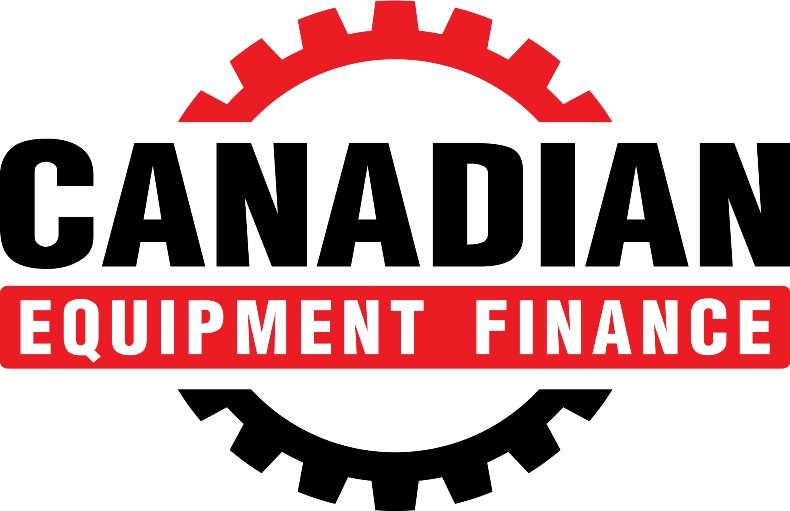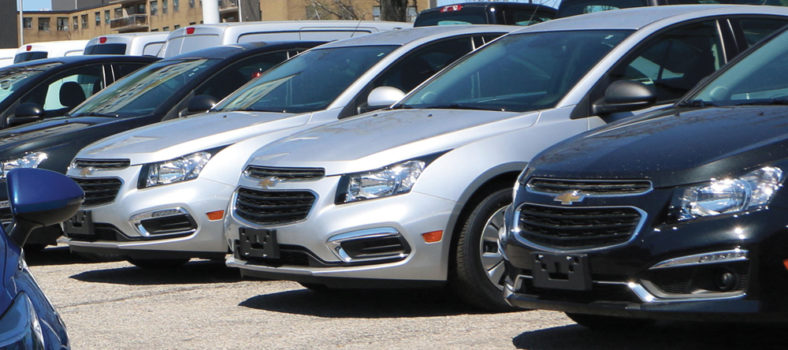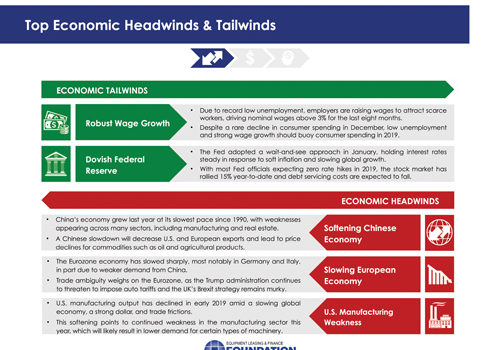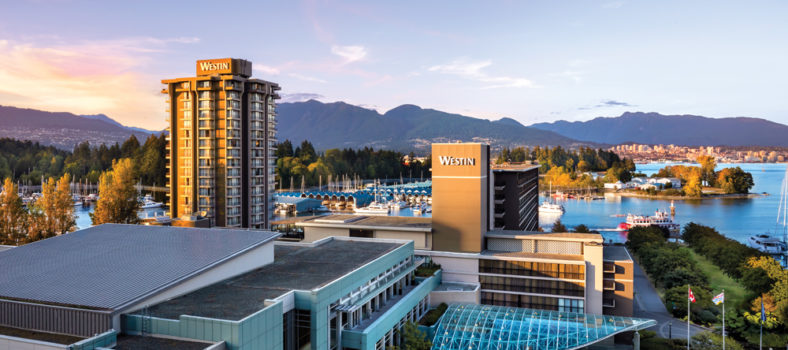By Brendan Read
Movement is now underway for further expansions of, and added service on, the rail transit networks in two of Canada’s largest urban areas over the next 10 to 12 years. And that bodes well for commuters, communities: and suppliers.
Greater Toronto Hamilton Area
Ontario Premier Doug Ford announced April 10 plans to build a new automated rapid transit line, extend Toronto’s subway system and add to an under-construction LRT, totalling over 40 km. The projects include:
A new Ontario Line from Ontario Place/Exhibition through the downtown to the Ontario Science Centre, which will build on the long-proposed Relief Line subway. It is to be open by 2027;
Line 1 subway from Finch to Richmond Hill and is planned to open next;
Line 2 subway from Kennedy to north of Scarborough Town Centre, to be open before 2030. It will replace the mostly above-ground connecting RT (Line 3) light metro from Kennedy that uses railcars of the same type as the automated TransLink Mark 1 vehicles (see following story), but operated by staff; and
Extension of the under-construction Eglinton Crosstown LRT (Line 5), which is scheduled to open between Mount Dennis and Kennedy in 2021, to Renforth Drive by 2031. The province said it is committed to establishing connectivity with Toronto Pearson International Airport in future phases of this project.
The projects are estimated to cost $28.5 billion, of which the provincial government has committed $11.2 billion in funding, with the balance from other governments and potentially the private sector. The provincial government also stated its support for extending the Line 4 subway east from Don Mills to where it will meet the extended Line 2 in Scarborough but has not committed a timeline or funding.
The province is also taking over responsibility of new subway infrastructure from the City of Toronto and managed by the Toronto Transit Commission (TTC) and handing them over to Metrolinx, the provincial agency that plans and coordinates the area’s transportation. This move it said will get subways built faster.
There has been no word yet on how many new railcars that the system expansions will require. The railcar designs and technology for the Ontario Line are to be determined.
“We will design, procure and construct the four lines in the most efficient way practicable,” said Ontario Ministry of Transportation spokesperson Bob Nichols. “We will invite the market to offer subway systems and technologies that are current, proven and appropriate.”
Metro Vancouver
There will be new railcars on the tracks of TransLink’s growing SkyTrain light metro network. The British Columbia provincial government announced May 23 that $1.47 billion will be spent to purchase approximately 200 new railcars for the Expo and Millennium lines. They will replace 150 Mark 1 railcars, which are nearing the end of their life cycle and to expand the fleet for longer and more frequent trains. There will also be a new vehicle storage facility, along with upgrades to the vehicle operations and maintenance centre and improvements to the mainline power, train control and operating systems.
The provincial government is contributing $579 million while TransLink is investing $397.68 million. The federal government is financing the $493.32 million balance.
SkyTrain, which is fully automated, first opened in December 1985 and has been expanded since then. The next new section, a 6 km extension of the Millennium Line from VCC-Clark to Arbutus and billed as the Broadway Subway, is expected to open in 2025.
The SkyTrain network includes the Canada Line, which connects downtown Vancouver to Richmond and Vancouver International Airport (YVR). Opened in 2009 it has proven to be exceptionally popular. To provide more capacity 24 new railcars are being built by Hyundai Rotem, which constructed the original fleet.The Canada Line is physically separate from the Expo and Millennium lines.
The railcar investments came amidst record ridership for TransLink with 437.4 million annual boardings in 2018, a 7.1 per cent increase over that recorded in 2017. SkyTrain (including Canada Line) boardings alone increased by 5.7 per cent to 160 million.
More railcars will be needed in the future. Planning is underway to extend SkyTrain 16 km to Langley and for a further 7 km of the Broadway Subway from Arbutus to the University of British Columbia’s Point Grey campus. There have also been calls to extend SkyTrain from downtown Vancouver to the North Shore and from Coquitlam to Port Coquitlam.
“Ridership is exploding, and our region is growing,” said TransLink Mayors’ Council chair Jonathan X. Coté, in an April 25 statement on the TransLink ridership growth. “If we are going to cure congestion, we need to invest in both new transportation infrastructure and service expansion to make commutes quicker and easier now, and into the future.”





